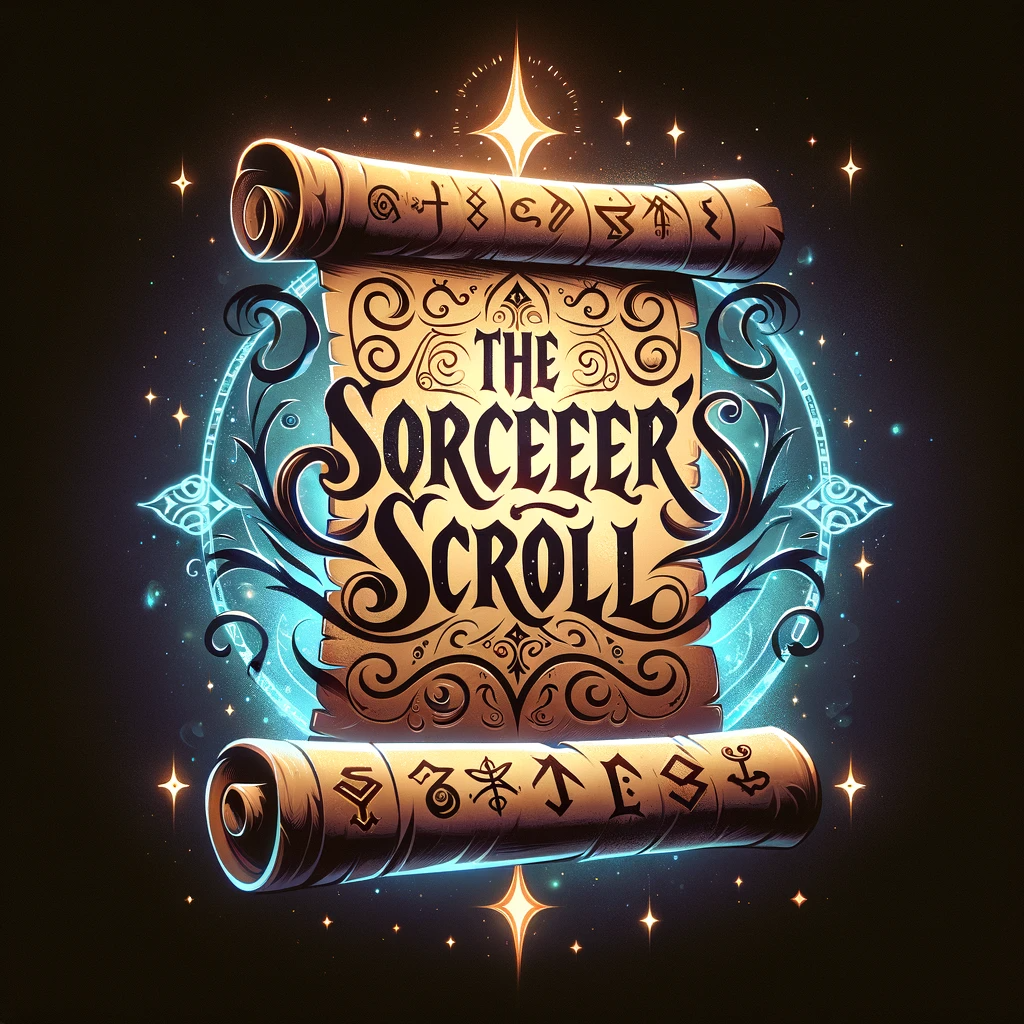Book review by Susan Stradiotto
It’s been a while since I’ve read a straight YA fantasy, but this fits the bill. If you think your children will love fantasy and want to get them into reading, this is a great starter to epic fantasy. It’s an easy read with some characters that will make it easy for pre-teens to identify with.
The premise of this book is that three young boys stumble into another world where they are destined to play a role. Throughout the story, the boys provide quite a bit of comic relief and make it a lighthearted story in spite of some of the deeper and darker themes around family division, history repeating itself, and mind control. Reading the author’s bio and commentary about where the ideas for Chartile (that’s the world) originated, it’s clear how the story may have been stimulated from highly imaginative childhood games.
As a debut novel and for the amount of information covered in 400 pages, the worldbuilding was done exceptionally well. I found myself wanting some pearl wine a number of times, and the matriarchal Dwarvik culture was an interesting take on the Tolkien-esque Dwarves. In fact, my mental picture of the dwarves in Chartile is quite different, and I’d say that’s a huge credit to the author that she could paint a different view of a culture that’s such a fantasy mainstay. Other worldbuilding features included everything from a complex system of underground cities and corridors for the dwarves to simple herbs unique to Chartile; dreamshade for example.
As for characters, Piper and Dmitri were the better developed of the characters. Piper fits into a trope in that she’s one chosen to become ruler. Despite that, she has sufficient background that she stood on her own. Dmitri, though, was my favorite character in the story. He seemed to be the most complex, had a great deal to lose, and had a history that was clear as it applied to the larger story and world. The primary reason for my 3.5 stars is the development around the boys in the novel. At times, I found that having three characters here seemed to be overkill, and it was sometimes difficult to distinguish between them. By the end, only Jayson really stood out in my mind.
Where the boys came in handy though was for some nice comic relief. It was a fun touch that the boys were from modern times and spoke that way throughout. Here’s one of my favorite interactions from Jack in the book:
“If we’re your friends, then you’re gunna talk. That’s what girls need anyway, right? Talking?”
p. 171
All in all, it was a great read, and how could one argue with any book that uses the word twitterpated? I simply love that word and every little feeling it embodies.
Next on my list is Palimpsest by Catherynne M. Valente.

Stay tuned for that review. So far (after 3 chapters)…loving it!
Happy reading, everyone!

